Table of content
Semi-fermented teas, also known as oolong teas, represent a fascinating category of tea that bridges the gap between green and black teas. Occupying a unique position in the tea spectrum, these teas undergo a partial oxidation process, resulting in a complex flavor profile that combines the freshness of green tea with the depth of black tea. This article delves into the intricacies of semi-fermented teas, examining their production methods, regional varieties, health benefits, and cultural importance.
The Art of Partial Oxidation: Understanding Semi-Fermented Teas
Semi-fermented teas are crafted through a meticulous process that halts oxidation at an intermediate stage. Unlike green teas, which are unoxidized, or black teas, which are fully oxidized, semi-fermented teas undergo a controlled oxidation period that typically ranges from 8% to 80%. This delicate balance is achieved through a series of steps, including withering, bruising, oxidation, firing, and rolling. The duration and intensity of each stage determine the tea’s final characteristics, such as aroma, flavor, and appearance.
The term “semi-fermented” itself is somewhat of a misnomer, as the process does not involve fermentation in the biological sense (e.g., yeast or bacterial activity). Instead, it refers to the enzymatic browning that occurs when tea leaves are exposed to oxygen—a reaction similar to the oxidation of apples or avocados. This chemical transformation alters the leaves’ polyphenol content, giving semi-fermented teas their distinct taste and color.
Production Process: From Leaf to Cup
The journey of a semi-fermented tea begins in the tea garden, where Camellia sinensis plants are cultivated. The leaves are typically harvested during optimal growing seasons, with pluckers selecting tender buds and young leaves. The production process unfolds in several key stages:
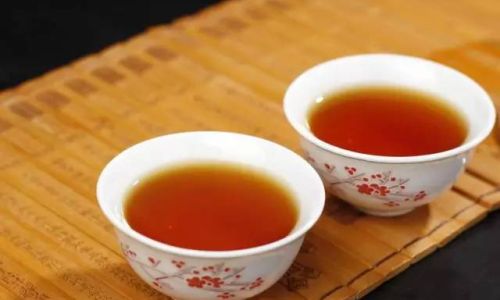
-
Withering: Freshly picked leaves are spread out on bamboo trays or troughs to reduce moisture content. This step softens the leaves and prepares them for subsequent processing.
-
Bruising (or Shaking): The leaves are gently tossed or rolled to break their cell walls, exposing enzymes to oxygen. This initiates oxidation. The degree of bruising varies by tea type; lighter bruising yields greener oolongs, while heavier bruising leads to darker, more oxidized leaves.
-
Oxidation: The leaves are left to rest in a controlled environment, allowing oxidation to progress. This stage is closely monitored, as even slight variations in time or temperature can drastically alter the tea’s profile.
-
Firing: To halt oxidation, the leaves are heated using methods such as pan-frying (common in Chinese oolongs) or roasting over charcoal (a technique favored in Taiwan). This step also develops the tea’s flavor and aromatics.
-
Rolling and Shaping: The leaves are rolled into distinctive shapes, such as tight balls or twisted strands, depending on the desired aesthetic and brewing characteristics.

-
Drying: Finally, the tea is dried to stabilize its moisture content, ensuring longevity and preventing spoilage.
Regional Varieties: A Tapestry of Flavors
Semi-fermented teas are produced across several tea-growing regions, each imparting unique traits based on terroir, climate, and craftsmanship. Below are some of the most renowned varieties:
Chinese Oolongs
- Tie Guan Yin (Iron Goddess of Mercy): Hailing from Fujian Province, this tea is prized for its orchid-like fragrance and smooth, creamy texture. It undergoes medium oxidation and is often roasted to enhance its complexity.
- Da Hong Pao (Big Red Robe): A legendary rock oolong from the Wuyi Mountains, Da Hong Pao is characterized by its mineral-rich flavor and lingering finish. Its cultivation on rocky terrain contributes to its distinctive “rock taste.”
- Phoenix Dan Cong: Grown in Guangdong’s Phoenix Mountains, this tea boasts a wide array of flavor profiles, including honey, fruit, and floral notes. Each cultivar is named after the fragrance it embodies.
Taiwanese Oolongs
- Dong Ding Oolong: Originating from Central Taiwan, Dong Ding is known for its balanced oxidation and toasty notes. It is often roasted over charcoal, imparting a warm, nutty sweetness.
- Oriental Beauty (Dongfang Meiren): This highly oxidized oolong is unique for its interaction with tea jassids, insects that bite the leaves, triggering a honey-like flavor. The result is a tea with notes of ripe fruit and wildflower honey.
- Alishan High Mountain Oolong: Cultivated at elevations over 1,000 meters, Alishan oolongs are prized for their delicate, floral aromas and bright, clean finish. The cool mountain air slows growth, intensifying the leaves’ complexity.
Other Notable Varieties
- Thai Oolong: Grown in northern Thailand, these teas often incorporate local spices or floral additions, offering a tropical twist on traditional oolongs.
- Vietnamese Oolong: Emerging in recent years, Vietnamese oolongs are gaining recognition for their vibrant, citrusy notes and lingering sweetness.
Health Benefits: Sipping Toward Wellness
Semi-fermented teas are celebrated not only for their taste but also for their potential health-promoting properties. Rich in polyphenols, antioxidants, and amino acids, these teas offer a range of benefits backed by scientific research:
- Antioxidant Power: The polyphenols in oolong tea, particularly epigallocatechin gallate (EGCG), combat oxidative stress, which is linked to chronic diseases like heart disease and cancer.
- Metabolic Support: Studies suggest that oolong tea may enhance fat oxidation and boost metabolism, aiding in weight management when combined with a healthy lifestyle.
- Heart Health: Regular consumption has been associated with lower LDL (bad) cholesterol levels and improved blood vessel function.
- Mental Clarity: The amino acid L-theanine, found in oolong tea, promotes relaxation without drowsiness, making it an ideal companion for focus and stress reduction.
- Dental Health: Polyphenols may inhibit the growth of bacteria that cause plaque and cavities, contributing to better oral hygiene.
Brewing Semi-Fermented Teas: Techniques for Perfection
Achieving the perfect cup of oolong tea requires attention to water temperature, steeping time, and tea-to-water ratio. Here’s a guide to brewing these teas to their fullest potential:
- Water Quality: Use filtered or spring water to avoid impurities that could mask the tea’s nuances.
- Temperature: Lightly oxidized oolongs (e.g., Alishan) thrive at 85–90°C (185–194°F), while darker varieties (e.g., Da Hong Pao) prefer 95–100°C (203–212°F).
- Tea Quantity: Use 3–5 grams of leaves per 150 ml (5 oz) of water. Adjust to taste.
- Steeping Time: Initial infusions should be short (30–45 seconds), with subsequent steeps increasing by 10–15 seconds. Oolong teas can often be steeped 5–7 times, revealing new layers of flavor with each brew.
- Vessel Choice: Gaiwans (lidded bowls) or Yixing clay teapots are traditional choices, as they retain heat and enhance the tea’s aroma.
Cultural Significance: Tea as Ritual and Art
Semi-fermented teas hold a revered place in the cultural tapestry of East Asia. In China, oolong tea is integral to the Gongfu tea ceremony, a ritualized practice emphasizing mindfulness, precision, and community. Participants use small porcelain cups and a series of infusions to savor the tea’s evolving flavors, fostering connection and conversation.
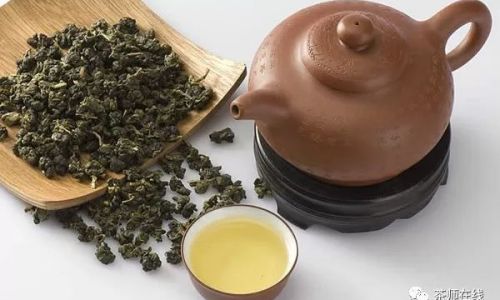
Taiwan’s tea culture similarly revolves around oolong, with high-mountain varieties symbolizing purity and resilience. The island’s tea competitions, where master blenders vie for top honors, underscore the craft’s prestige and complexity.
Beyond rituals, oolong tea has inspired art, literature, and even philosophy. The Japanese tea master Sen no Rikyu once remarked, “Tea is nought but this: First you heat the water, then you make the tea. Then you drink it properly. That is all you need to know.” For oolong enthusiasts, this simplicity belies the depth of exploration awaiting those who sip mindfully.
Modern Innovations and Global Appeal
In recent decades, semi-fermented teas have transcended their traditional roots, gaining popularity in Western markets. Specialty tea shops and online retailers now offer a diverse selection of oolongs, often accompanied by tasting notes and brewing guides. This accessibility has democratized tea appreciation, inviting newcomers to explore the category’s breadth.
Innovations in processing have also emerged, such as flavored oolongs infused with fruit, flowers, or spices. While purists may debate the merits of such blends, they reflect the tea’s adaptability and enduring appeal.
Conclusion: The Timeless Allure of Semi-Fermented Teas
Semi-fermented teas occupy a unique niche in the world of tea, embodying harmony between tradition and innovation. Their partial oxidation process yields a spectrum of flavors, textures, and aromas, catering to diverse palates while inviting deeper exploration. Whether sipped in a quiet meditation or shared among friends, these teas remind us of the delicate balance between artistry and nature—a balance that has endured for centuries and continues to captivate tea lovers worldwide.
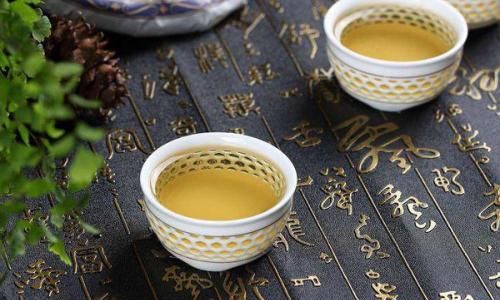
As the global tea community grows, semi-fermented teas remain a testament to the enduring power of craftsmanship and the simple joy of a well-brewed cup. So, the next time you encounter an oolong, take a moment to appreciate the journey—from leaf to liquid, and the centuries of tradition brewing within each sip.
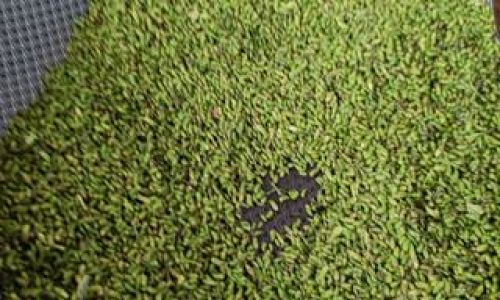
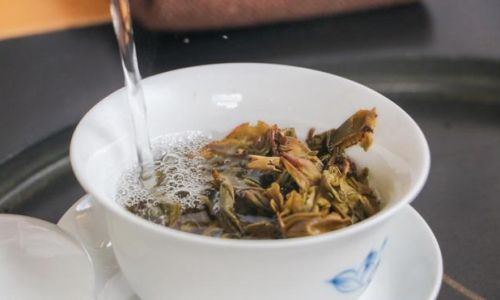
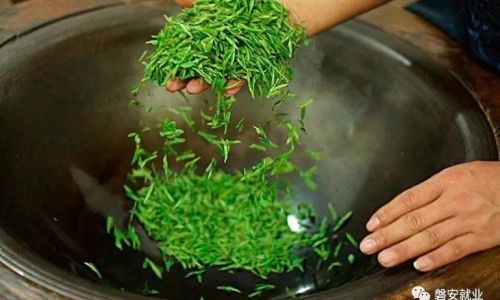
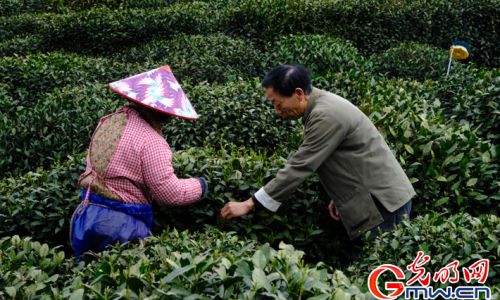
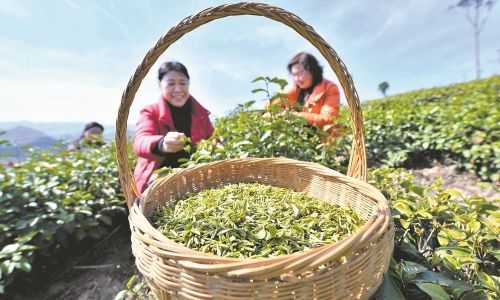
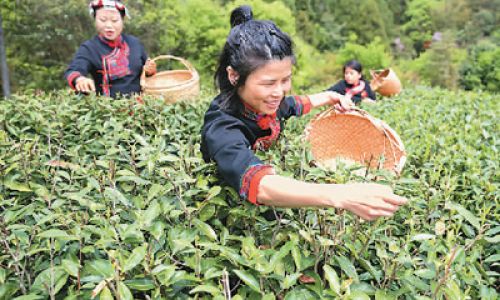
0 comments